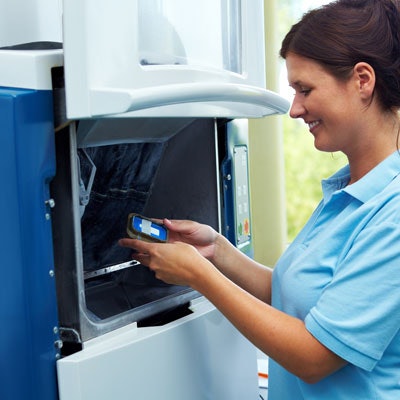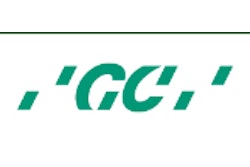
New technologies and materials have made it easier to create and repair restorations, but do these CAD/CAM materials hold up as well as more-established materials? Researchers put four of them through their paces.
A restorative's shear bond strength and fracture toughness can predict how it may hold up in a patient's mouth. The researchers tested both CAD/CAM and conventional materials and found that the CAD/CAM materials held up under pressure.
"The CAD/CAM provisional materials have proper mechanical properties for clinical use as compared to conventional materials," study co-authors Ki-Won Jeong and Sung-Hun Kim wrote (Journal of Advanced Prosthodontics, April 26, 2019). Both are from the Dental Research Institute at the Seoul National University School of Dentistry in South Korea.
Bond strength
CAD/CAM technology has reduced working time and the amount of labor needed to fashion restorations, the authors wrote. However, do these materials hold up compared with established conventional materials? The researchers wanted to evaluate the effect of surface treatments and repair materials on the shear bond strength of four CAD/CAM provisional restoration materials compared with four conventional materials. They also measured fracture toughness.
The CAD/CAM materials in the study included the following:
- Nextdent C&B (NextDent), a 3D printing material
- ZMD-1000B Temporary (Dentis), a 3D printing material
- Yamahachi monomethacrylate disk (Yamahachi)
- Huge monomethacrylate block (Huge)
“The CAD/CAM provisional materials have proper mechanical properties for clinical use as compared to conventional materials.”
The four conventional materials included the following:
- Jet monomethacrylate (Lang Dental)
- Alike monomethacrylate (GC America)
- Luxatemp dimethacrylate (DMG America)
- Protemp 4 (3M)
The materials were divided into six groups according to surface treatment, with 10 in each group:
- The control group was not treated.
- In the SiC paper group, the 220-grit SiC paper was reciprocated 50 times in one direction.
- In the SiC paper and sandblasting group, the materials were ground with SiC paper, then sandblasted with 50 µm aluminum oxide particles for 10 seconds.
- In the SiC paper and hydrofluoric acid group, after grinding with SiC paper, a thin layer of 4% hydrofluoric acid gel was applied for 120 seconds. It was rinsed with and then dried.
- In the SiC paper and adhesive group, after grinding with SiC paper, the bonding agent was thinly applied with a brush and dried with oil-free compressed air.
- In the SiC paper and single bond universal adhesive group, after grinding with SiC paper, a bonding agent was rubbed on the material and then dried.
The CAD/CAM materials were repaired with either Luxatemp or Jet.
For Nextdent C&B and ZMD-1000B Temporary, those in the SiC paper and sandblasting group had the highest mean shear bond strength values (32.98 and 44.09). The mean shear bond strength values of both materials were also higher when Luxatemp was used as the repair material.
For the Yamahachi disk and Huge block, those in the SiC paper and sandblasting group also had the highest shear bond strength values (29.93 and 32.89). The values were higher when Jet served as the repair material. Generally, conventional materials had greater shear bond strength values.
In clinical practice, fracture toughness is an appropriate parameter to measure the ability to resist various masticatory forces, the researchers wrote The Yamahachi disk showed the highest mean fracture toughness value (3.08).
Tested tough
The authors listed no specific limitations to their study.
They concluded that the CAD/CAM provisional materials they tested have the proper mechanical properties for clinical use compared with conventional materials.
"To successfully repair the CAD/CAM provisional restoration, mechanical surface treatment and appropriate repair material according to the CAD/CAM material type should be selected," they wrote.



















